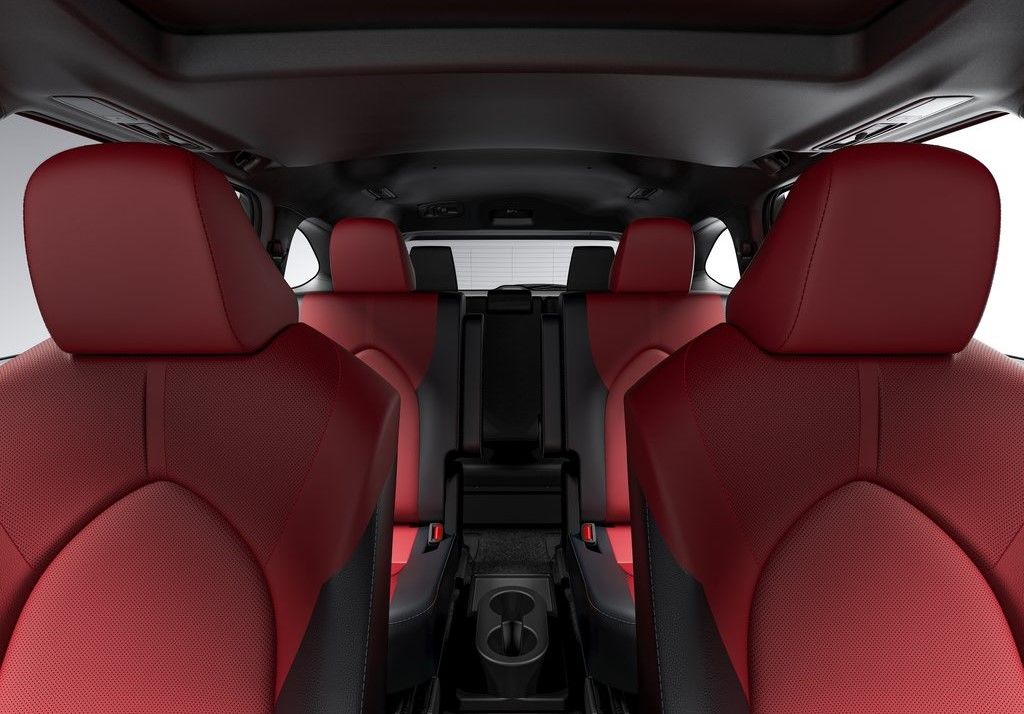2021 Toyota Highlander
December 01 2020, Rocoto Toyota

The all-new 2021 Toyota Highlander returns this year after being completely redesigned last year. Like the RAV4 before it, the Highlander set the tone for what would become a hugely popular 3-row mid-size SUV segment almost 20 years ago and the 2021 version offers everything a young family is looking for.
The large number of highlights from the complete Highlander redesign for the 2020 model year demonstrates that this Toyota SUV is committed to delivering a full ownership experience. And it starts with the Highlander's bold new design.
Much like the Toyota RAV4, the Highlander sports a straighter, chiseled look that projects power and confidence. The enhanced SUV styling, however, does not compromise the associated and expected level of comfort of the Highlander. In fact, Toyota's New Global Architecture (TNGA-K) shared with many other Toyota vehicles ensures exceptional comfort as well as increased capability and safety.
On this last point, each new 2021 Toyota Highlander is equipped with the Toyota Safety Sense 2.0, which incorporates the latest safety technologies, such as the pre-collision system with pedestrian detection and lane departure warning with steering assistance.
The Toyota Highlander was also designed to take everyone and their luggage anywhere. The seating configurations vary between 7 or 8 seats and the trunk space is just as generous. With the 3rd row, up to 455 litres of material can be placed in the Highlander. When stored, the volume reaches an impressive 1,150 litres.
The new Highlander is powered by a 295-horsepower 3.5-litre V6 mated to an 8-speed automatic transmission and a dynamic torque-vectoring all-wheel drive system. With the towing package available, the Highlander V6 can pull up to 5,000 lbs.
The new hybrid version features a new generation Toyota hybrid system which consists of a 2.5-litre DOHC four-cylinder engine with two electric motors for a total system output of 240 horsepower. Combined fuel economy is rated at an unmatched level of 6.9 litres per 100 km.

